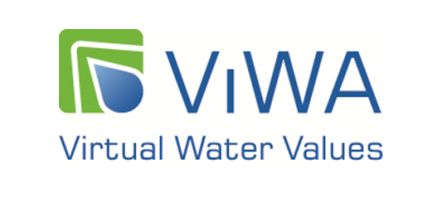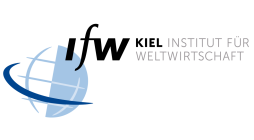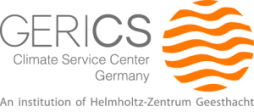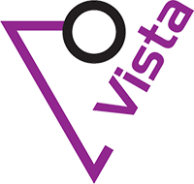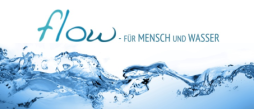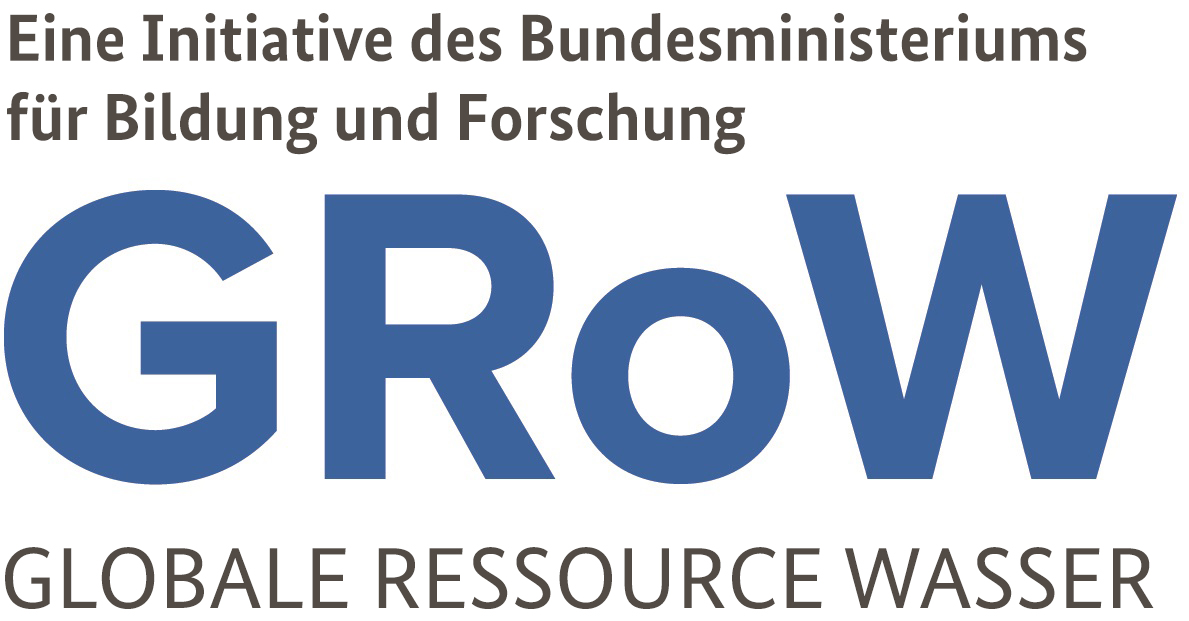
Summary
The core objective of ViWA is to develop innovative instruments for efficiently and sustainably using global water resources in agriculture. The project will use a high-resolution monitoring and management system based on satellite remote-sensing data to simulate, globally and in pilot regions, current water use efficiency, yields and virtual water flows of the most-traded agricultural goods. With the help of a computable general equilibrium model (CGE model), the results will serve to simulate global agricultural trade, produce scenarios that model the impact of sustainable water use on the welfare of water-scarce and water-rich regions, and assess how vulnerable agriculture and ecosystems are to climate variability. ViWA will identify “hotspots” and use these to understand trade-offs between using water resources for commercial purposes and protecting ecosystem services, and to investigate sustainability scenarios. ViWA will adopt a transdisciplinary research approach that includes national and international stakeholders in a co-design process.
Priorities
- Build and update a global database for agro-hydrological simulations
- Adapt the PROMET agro-hydrological simulation model for use on high-performance computing infrastructures
- Prepare and use the current Sentinel-2 time series for 150 agricultural test regions around the world
- Calculate simulated ensembles with PROMET and MODFLOW for global water flows, crop yields and water use efficiency using time series from remote-sensing data and meteorological forcings
- Simulate water balances in selected river basins
- Link the simulations of virtual water flows, water use efficiency and agricultural yields with the applied CGE model DART-WATER
- Model water scarcity
- Identify water-use hotspots and coldspots
- Investigate scenarios for trade incentives to locally boost water use efficiency in agriculture
- Evaluate the sustainability of global water use in agriculture
- Simulate natural variability of water flows, yields and water use efficiency
Relevance
The growing global population is living with largely constant and therefore increasingly scarce water resources. The majority of green and blue water (92-99%) is used in agriculture. Our globalised economy therefore means that the international food trade moves large quantities of virtual water – the water used to produce food. In principle, the global food trade can minimise regional environmental impacts by encouraging modes of food production that use water efficiently and sustainably. However, no global system yet exists that is capable of quantifying current sustainable and efficient use of water resources at the regional and local level, and of incorporating this information into models of virtual water flows. Within the context of the international food trade, therefore, it is impossible to take account of local water scarcity and how efficiently (or inefficiently) water is used to produce agricultural goods. ViWA aims to help change this by factoring in local scarcity and efficiency/inefficiency, so that hotspots can be identified and trade incentives created to reduce scarcity and increase efficiency.
 lmu.de
lmu.de
